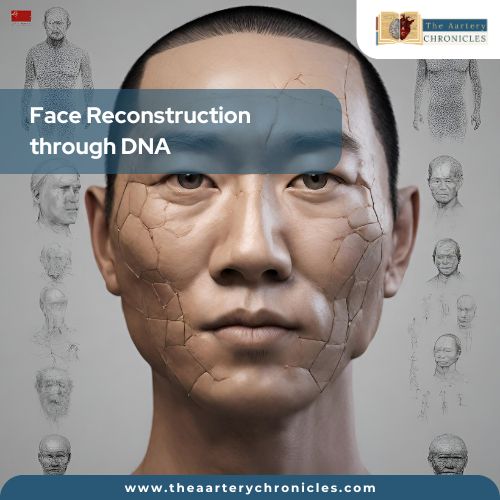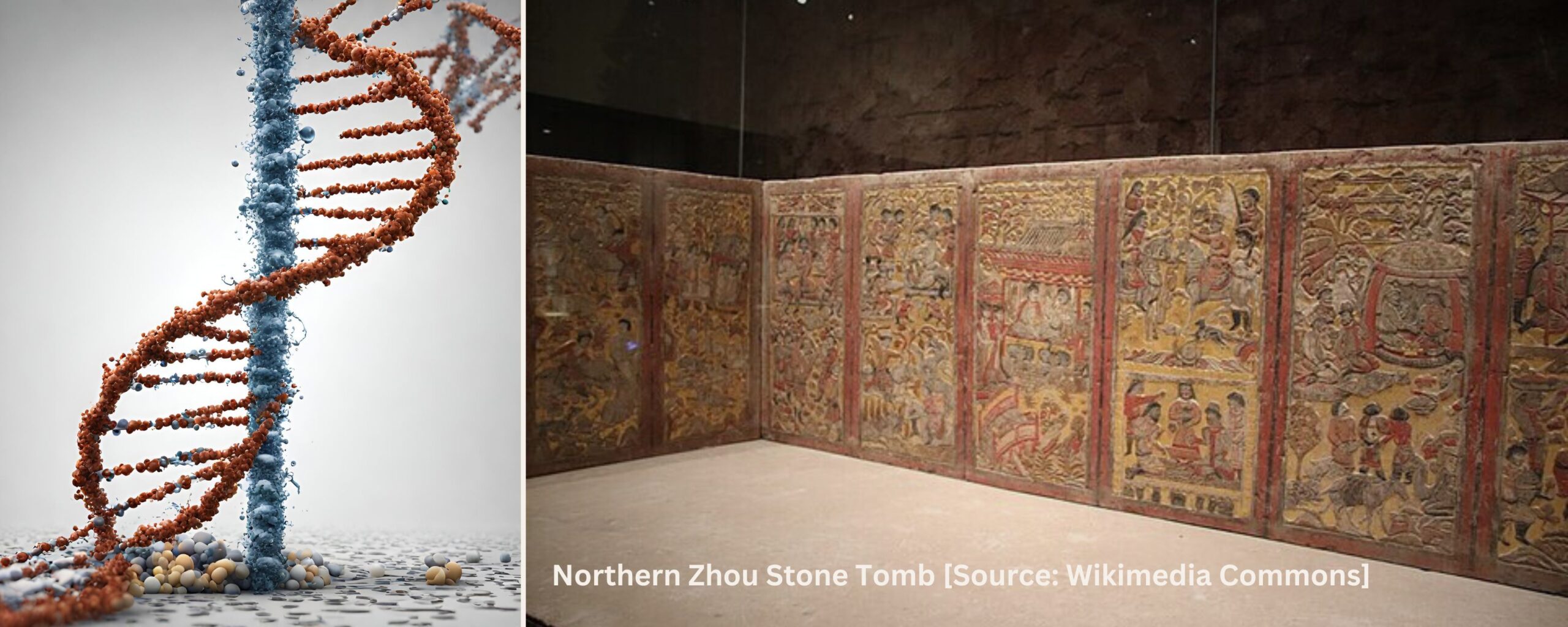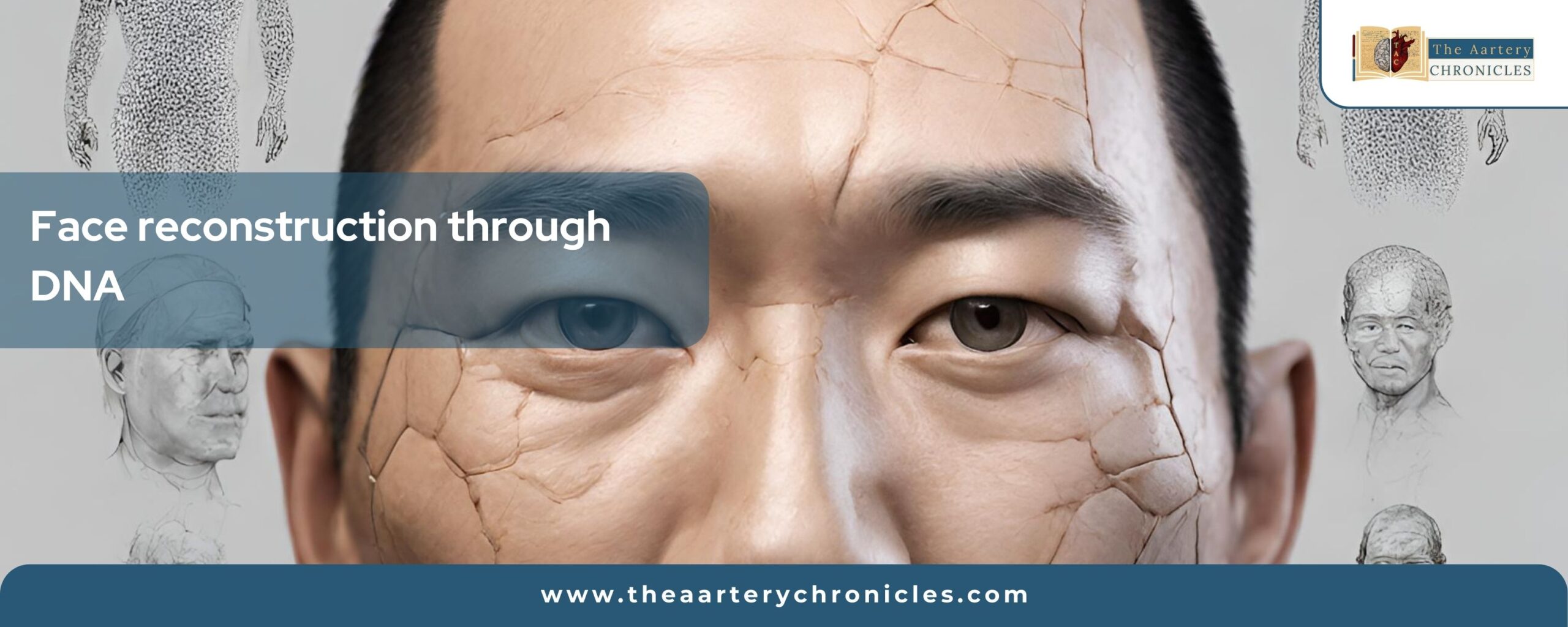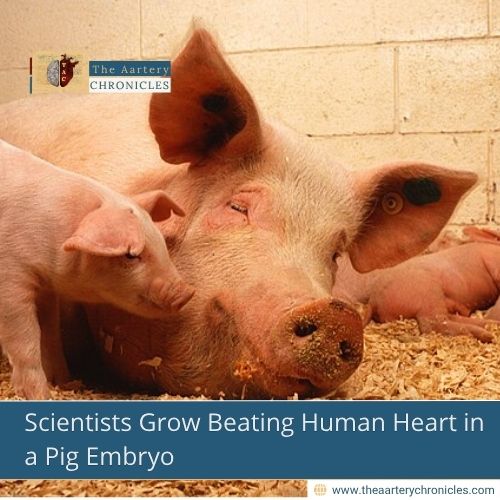
DNA from 1500 Years Ago: Ancient Face Rediscovered
Overview
Just when we think that we have reached the pinnacle of advancements we are yet again surprised by the newest, craziest of technologies that stretch the boundaries of our imagination.
The idea of face reconstruction through DNA stemmed in the early 2000s, however, the technologies have continued to evolve since then. The discovery of being able to predict facial features from DNA with significant accuracy by researchers at Pittsburgh University and Pennsylvania State University is considered to be a milestone.[1] [2]
Advancements and evolutions have been ongoing since then. A recent study reveals a face reconstruction of a 6th-century Chinese emperor with the help of DNA.
The Archeological Extracts
Recently, a team of researchers at the University of Fudan in Shanghai successfully reconstructed the face of Wu a Chinese emperor from Northern Zhou using the DNA extracted from the archaeological remains. Archaeologists discovered Emperor Wu’s tomb in the year 1996. [3]
The remains included bones along with an almost complete skull. The remains were extracted from a mausoleum near the northwestern Chinese region. [3]
Face Reconstruction through DNA
With advancements in ancient DNA research, Wen and team members recovered around 1 million single nucleotide polymorphisms (SNPs) on the emperor’s DNA which had information including hair and skin tone.[3]
An open-source 3D environment of Blender software was used to reconstruct the face according to the soft tissue depth average of modern Chinese. For reconstructing further details, the HIrisPlex-S system was used which predicted characteristics such as almost dark blank hair, brown eyes, and a dark to intermediate skin tone. A strong similarity was noticeable between the virtual model and present-day Asians. [4]
Genetic Analysis
Further genetic analysis provided details regarding his health risks, ancestry, and potential genetic predispositions associated with specific conditions and traits. The study indicates the emperor’s death due to a stroke at the age of 36. Altogether 698 mutations were discovered associated with health risks such as stroke, gout, chronic lymphocytic leukemia, and pathogenic variants. [4]

Emperor Xianbei_Wudi
According to the records, Emperor Wu lived 1500 years ago ruling from 560 AD to 578 AD was a significant figure well-known for his pivotal role in unifying northern China during its dark times. He belonged to a nomadic tribe named Xianbei that existed in the region now known as Mongolia. [5]
The archaeological data state various theories related to the emperor’s death as causes including poisoning and illness. However genetic analysis points towards an estimation of stroke. [3][5]
What is Facial Reconstruction?
Facial reconstruction has been highly complex and developing for more than 100 years. It is used to identify unknown human remains primarily in forensics to recreate the faces from the past.[6]
The method involves scientific techniques and artistic skill sets to construct soft tissues on a skull and get a final image of an individual’s face. The process requires extensive data including age, gender, and race of the remains which come under the initial analysis methods. [6] [7]
Facial reconstruction, an intricate blend of science and artistry, has traversed a century-long journey. Primarily employed in forensic contexts to identify unknown human remains, this process intricately sculpts soft tissues onto skeletal structures, culminating in lifelike portraits of individuals long lost to time. Age, gender, and race form the bedrock of this meticulous endeavor, showcasing the boundless potential of humanity’s quest for understanding and remembrance.
- Fifteen new genes identified that shape our face | PennState
- Insights into the genetic architecture of the human face | nature.com
- Ancient DNA reveals the appearance of a 6th-century Chinese emperor | American Association for Advancement of Science
- Ancient Genome of the Chinese Emperor Wu of Northern Zhou | Current Biology |Cell Press Journal
- Ancient DNA Reveals Appearance of a 6th Century Chinese Emperor
- Forensic Facial Reconstruction | Science Direct
- Forensic Facial Reconstruction: The Final Frontier | NCBI

Sanika Pande
- Medicine and Diseases
- Nutrition and Diet

















